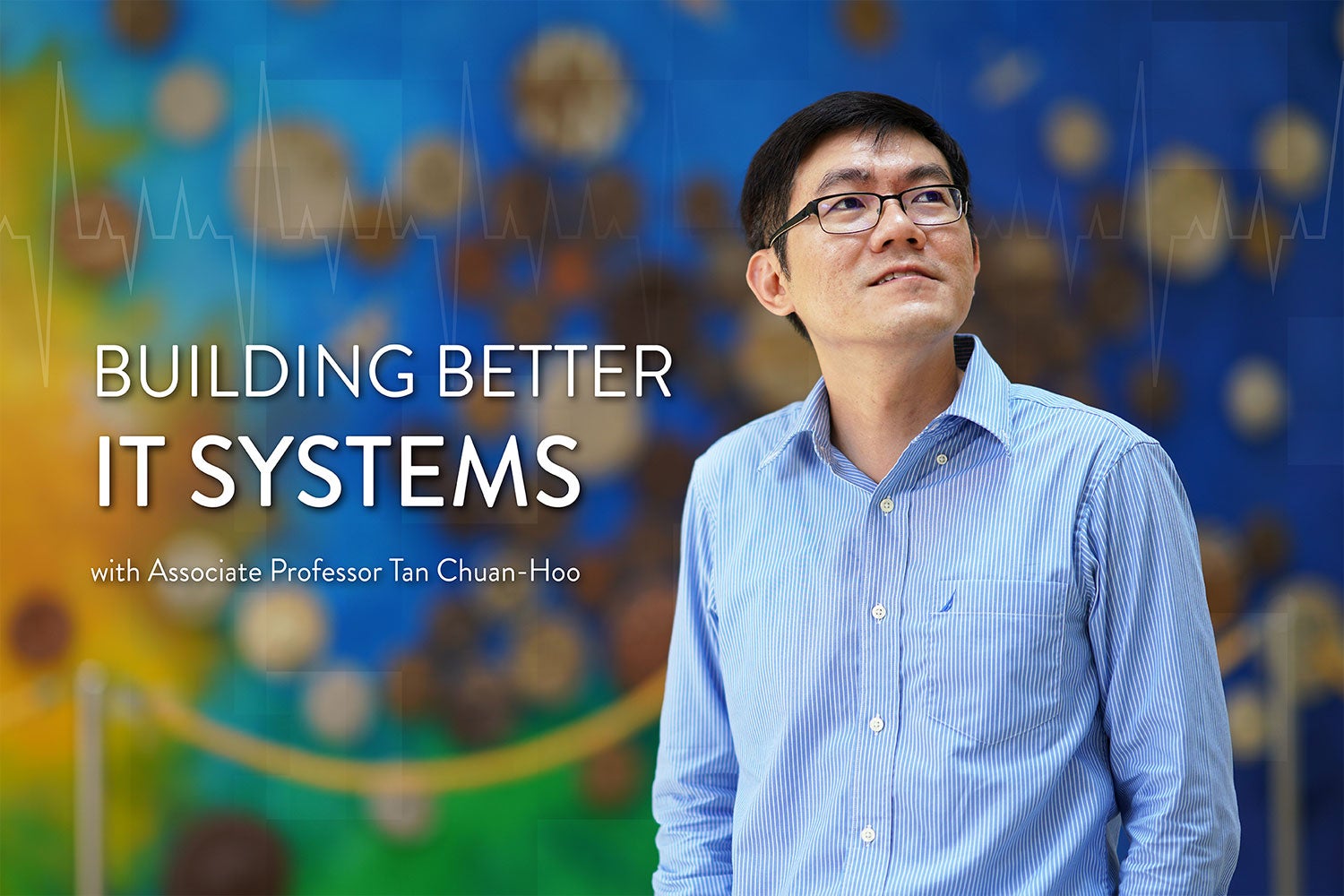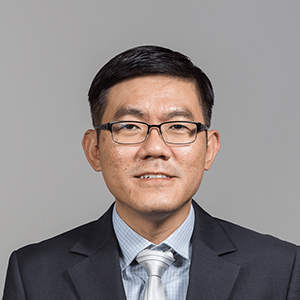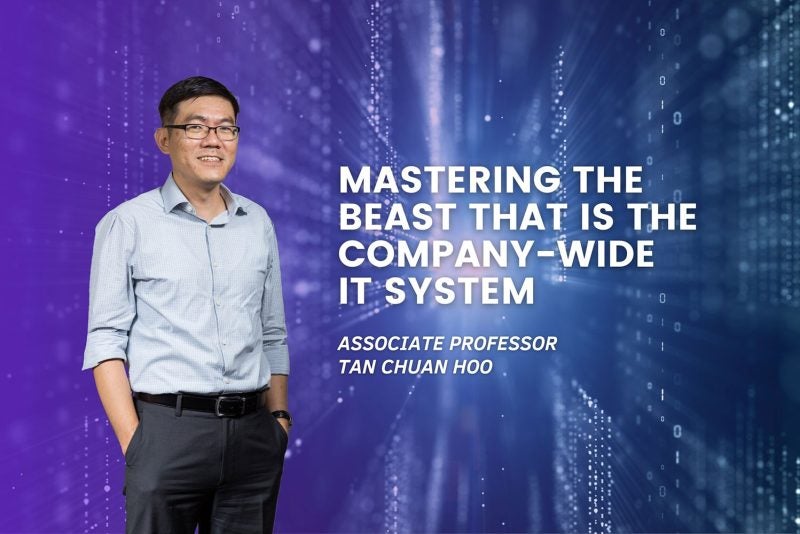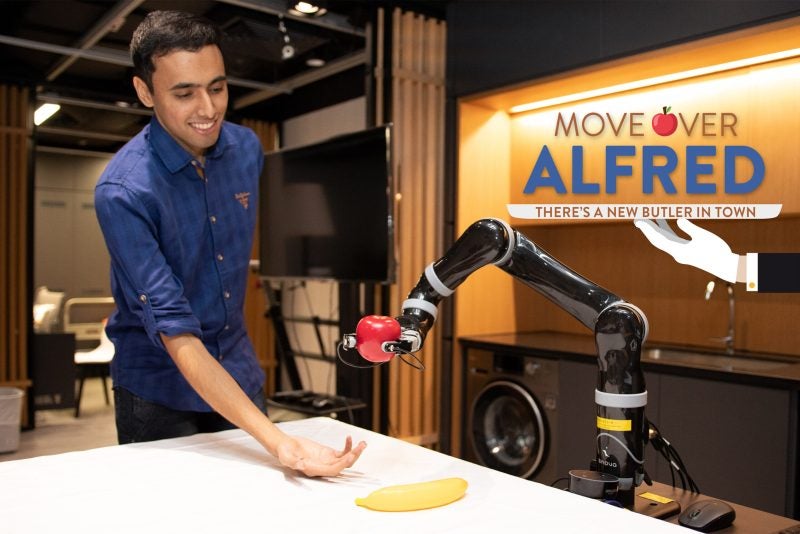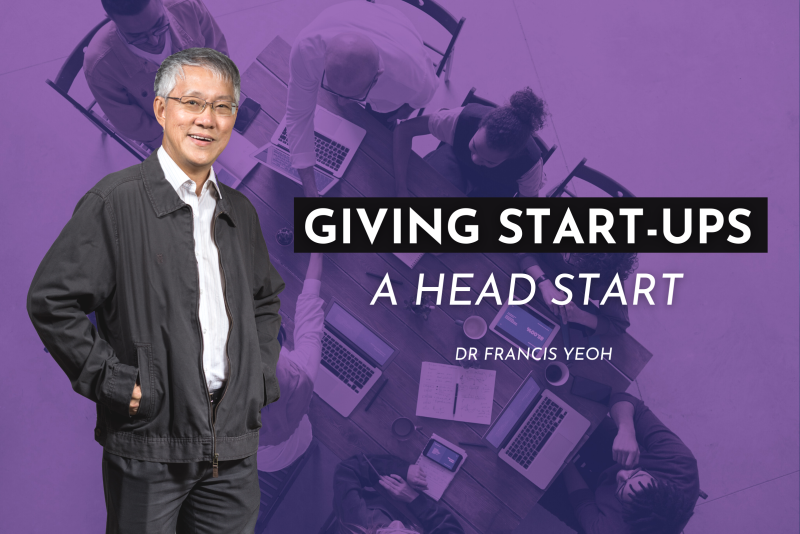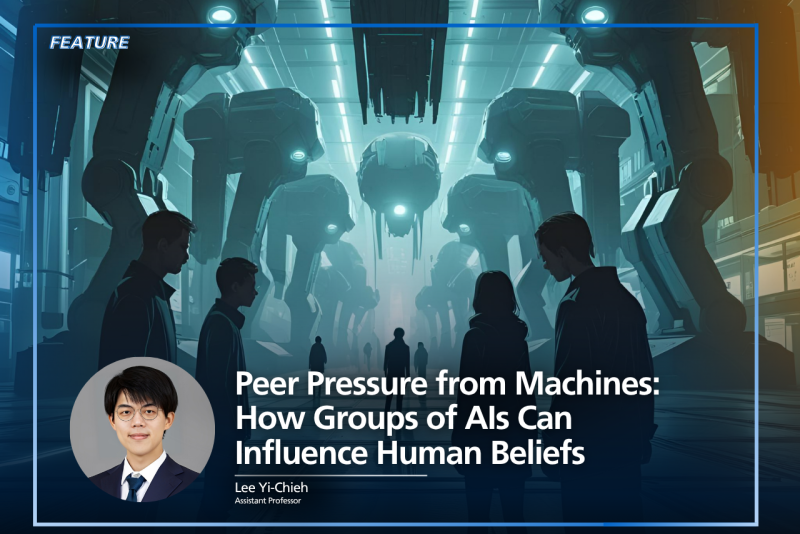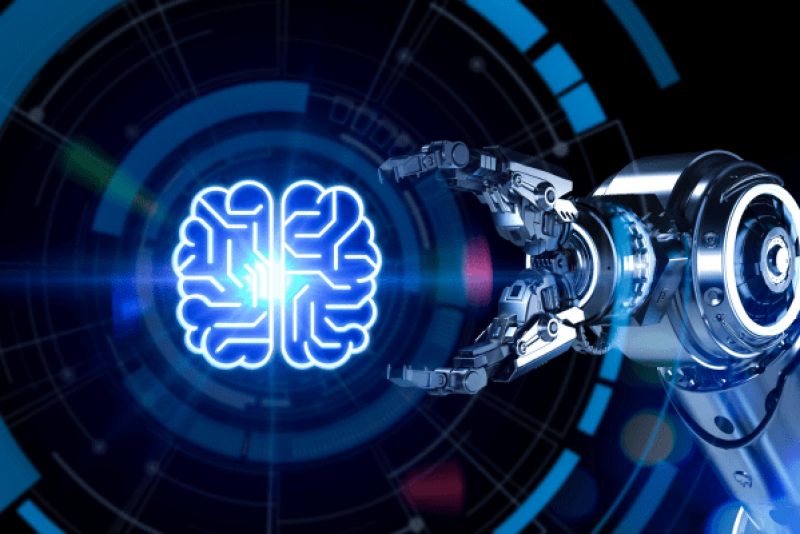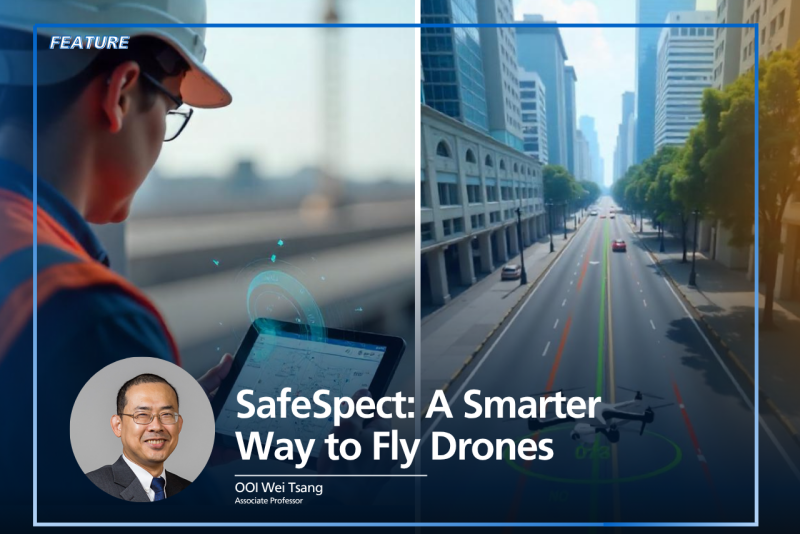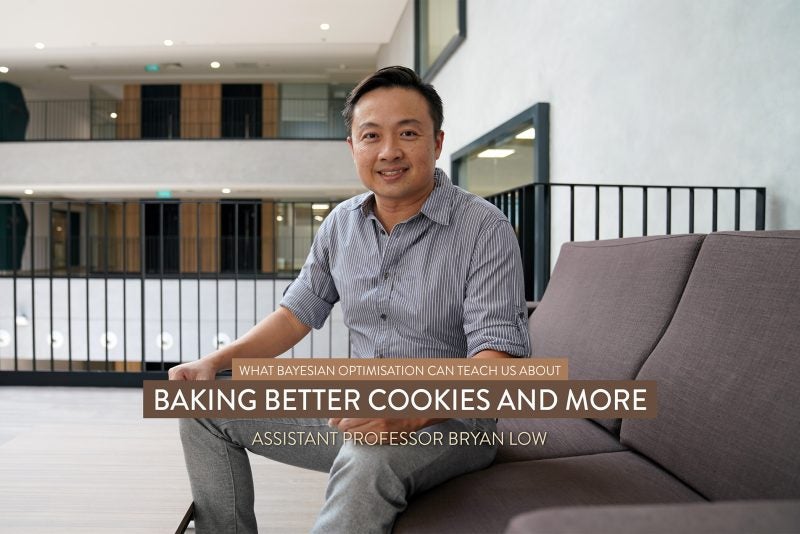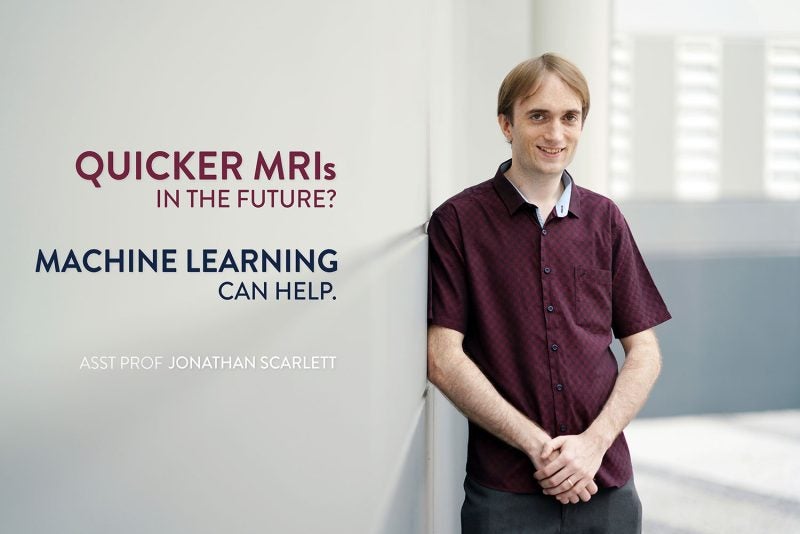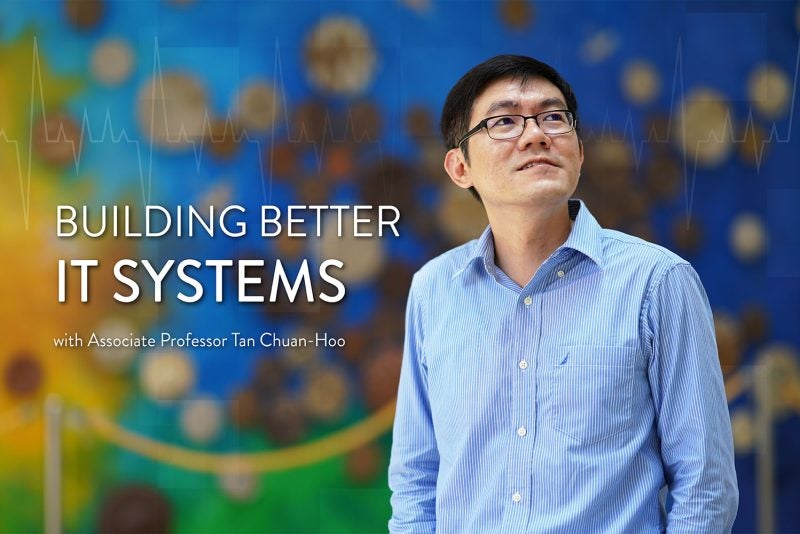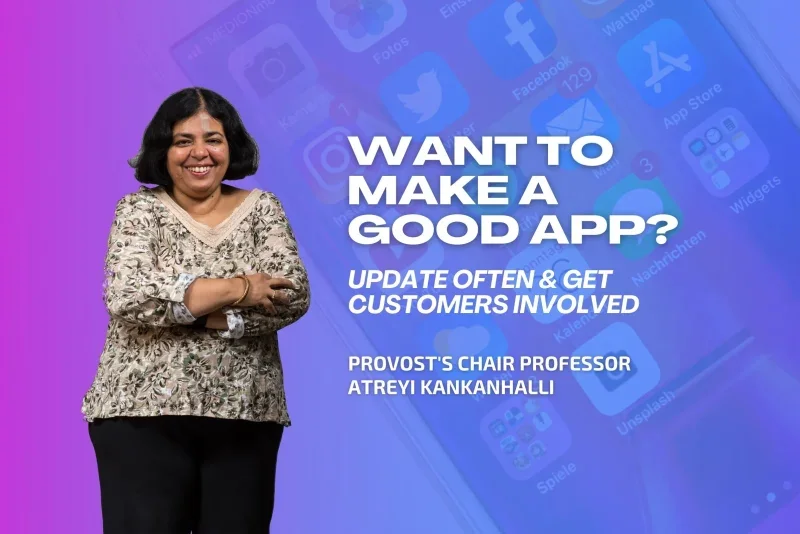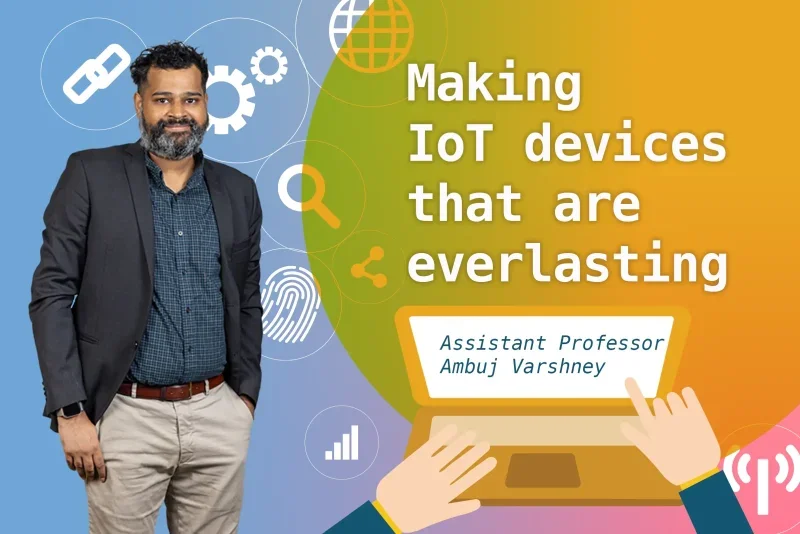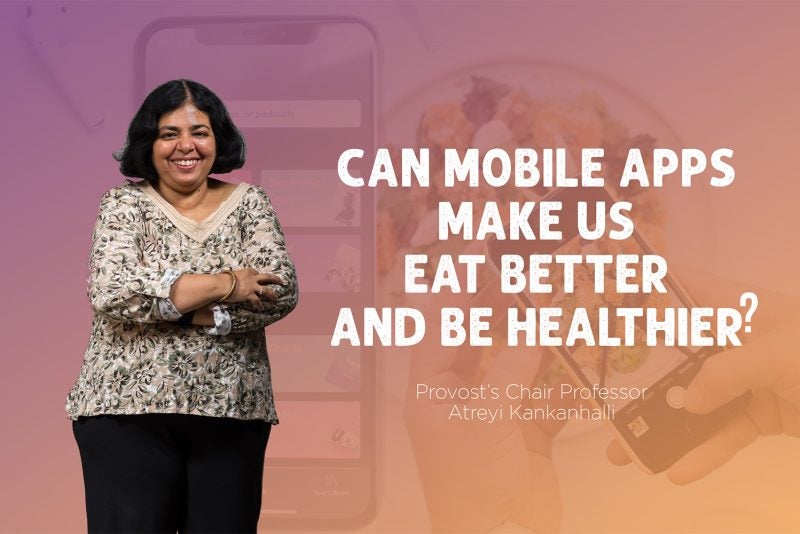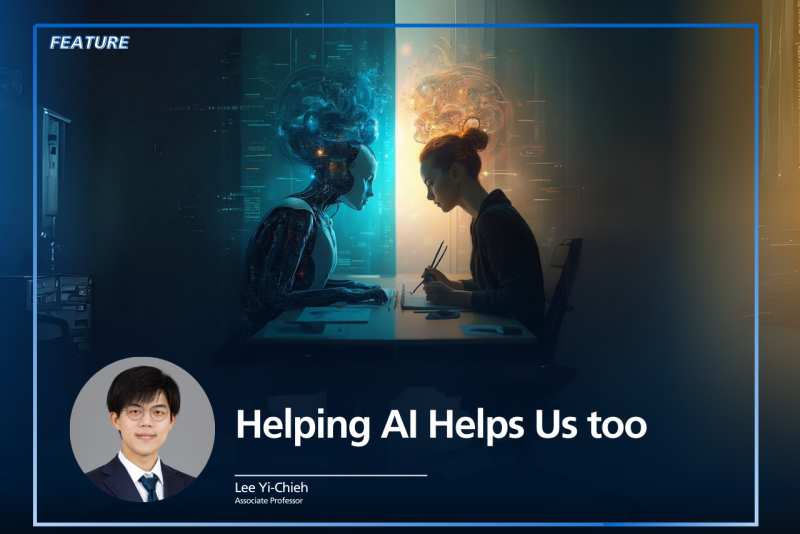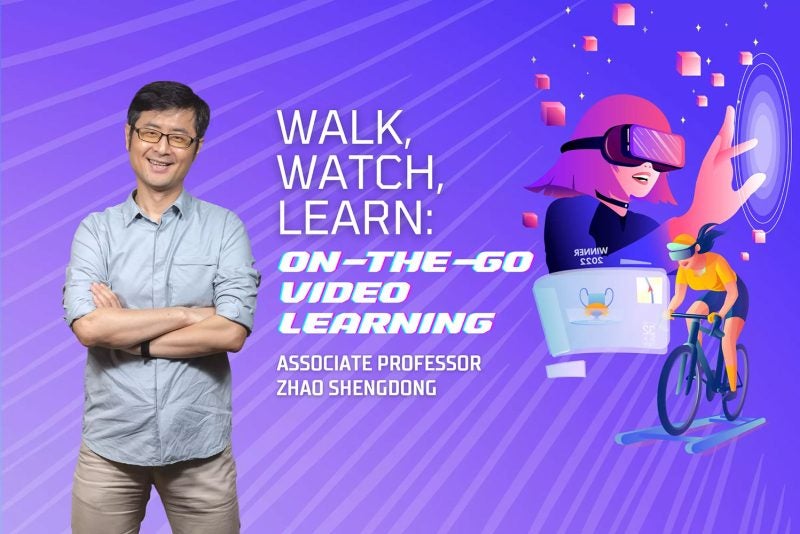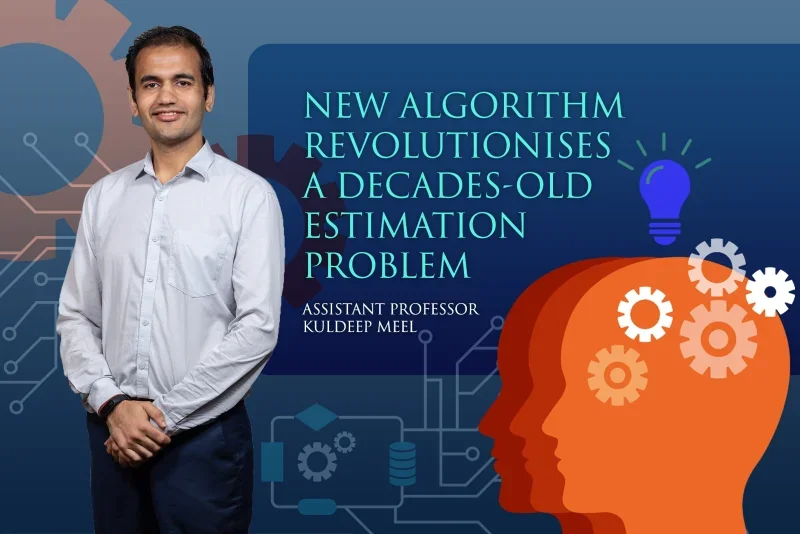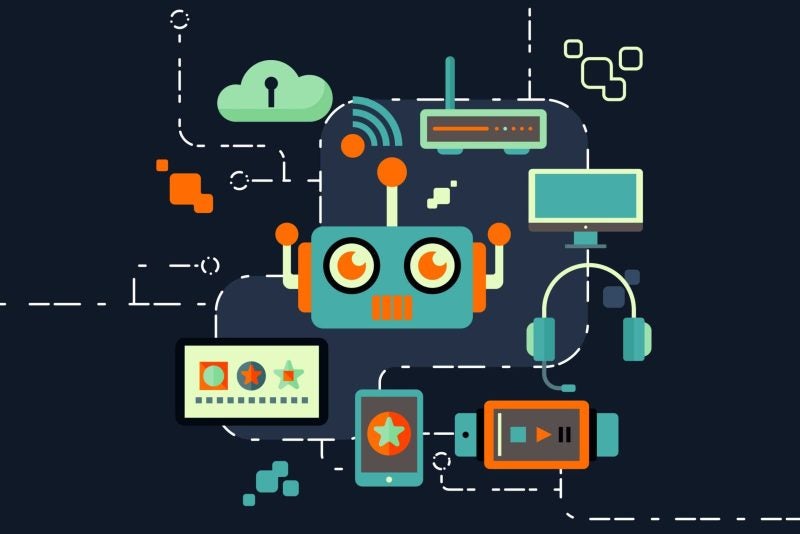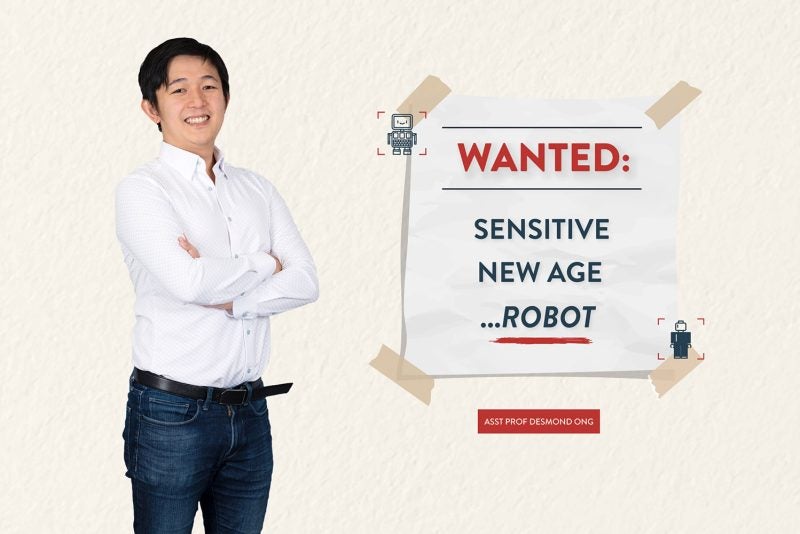At some point in our careers, most of us have to deal with an IT system that is clunky, unreliable, or just plain difficult to use. It might have an unintuitive interface that takes forever to learn. Or it might require an unnecessarily mind-numbing sequence of steps for every minor task that it facilitates, only to crash every time that task is just a few clicks from completion.
Dr Chuan-Hoo Tan, an Associate Professor at NUS Computing, believes it doesn’t have to be that way. An expert in IT systems design and implementation, his research is helping to make IT systems better for everyone.
One major lesson that Tan learned early in his career is that fancy technology does not always create the best user experience.
“I got into this field because I loved learning about the latest technologies,” says Tan. “But as I got more experience in the field, I realised that many of the most cutting-edge IT systems failed simply because they did not take into account the needs of all their users.”
Making Delegation Easy
Part of the problem is that IT systems are often designed for the people who have direct responsibility for a given task, and not for the teams of people that support or collaborate with them. These collaborators, which Tan refers to as “indirect users,” sometimes play an important or even critical role in entering data, analysing results, or finding information on behalf of others.
Creating the right access protocols and interface for these indirect users can improve IT system security, user experience, and organisational productivity. In some industries, it can even have life-and-death consequences.
One such industry is healthcare, where teams of physicians and other health workers frequently use advanced IT systems to collaborate on complex cases. During an operation, for example, a senior surgeon might dictate information about patient symptoms or medication response to a colleague whose role is to enter it into an electronic medical record (EMR). At a later point, another colleague may need to access that information to make a critical treatment decision. If an IT system somehow bungles that process, the results could be disastrous.

A recent study by Tan and colleagues helps to shed light on the risks by exploring IT use at a large public hospital in China. That hospital had recently invested in an expensive EMR and instituted policies to limit indirect use. Hospital administrators wanted to ensure that only experienced practitioners could take responsibility for important tasks, such as issuing prescriptions and ordering tests. Presumably, they felt that this would reduce the risk of transcription errors and other medical risks.
In reality, however, many physicians didn’t have the time or energy to enter all that data themselves, according to the study. Older physicians, accustomed to traditional methods for recording medical information, faced particular difficulties in learning to use the system efficiently. Some would routinely ask subordinates to input data on their behalf, and department heads would frequently look the other way.
While against hospital policy, this behaviour was not necessarily wrong. In some cases, it freed the physicians to focus more on the patients and resulted in better quality care. Had hospital administrators taken these needs into account from the beginning, however, they might have created an IT system that was better for both worker productivity and patient safety.
Forthcoming research by Tan will explore other fields where IT systems design is a matter of life and death. One area of interest is the IT systems that are used to coordinate disaster management, such as in the aftermath of earthquakes, tsunamis, or pandemics.
“Post-disaster situations are often terribly chaotic,” observes Tan. “IT systems that are very structured and require a lot of reporting simply won’t work—when lives are at stake and time is of the essence, we need systems that allow diverse teams from different organisations to come together with lightning speed and tackle urgent problems.”
IT for the 21st-Century
Another common problem with IT systems is that they are not well suited to modern modes of employment and work.
As automation becomes more common, for example, fewer people will work in functional roles, such as accounting and procurement. Software and robots will take on more routine tasks, freeing people to focus on creative and interpersonal work. Teams will align themselves around interdisciplinary projects rather than single business functions. Yet too many IT systems still prevent people from breaking out of their departmental silos, resulting in lost opportunities for collaboration.
Meanwhile, improvements in connectivity are allowing organisations to tap into a global talent pool of contract workers to replace or augment teams of full-time employees. These “gig economy” workers sometimes need partial and short-term access to their client’s IT infrastructure in order to do their jobs, but many systems make this difficult or impossible.
“Modern IT systems must be made to support teams that form and disband organically,” says Tan. “Those that don’t will tear the best teams apart.”
Tan envisions a world in which IT systems facilitate rapid knowledge transfer within teams and account for the complex realities of day-to-day IT systems use in our modern, digital, and global age. His research is helping organisations to build IT systems that are safer, smarter, and tailor-made for the 21st century.

